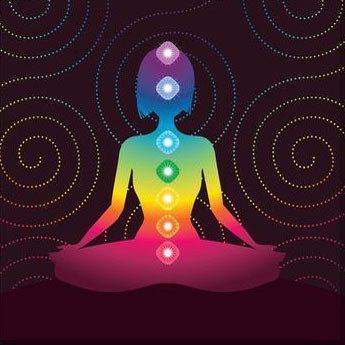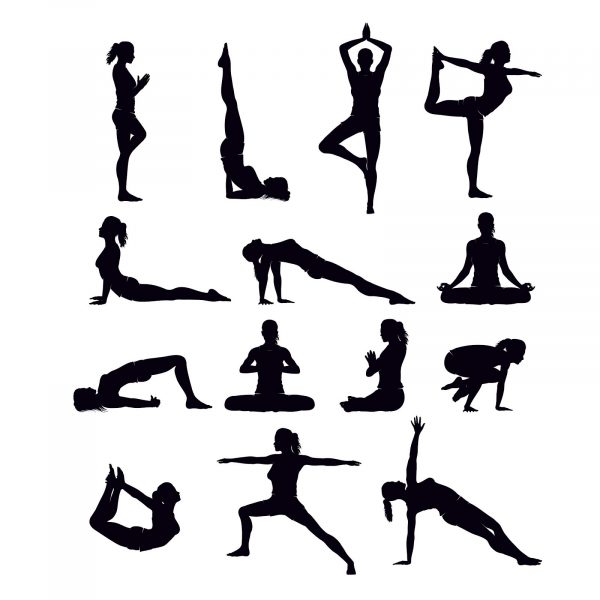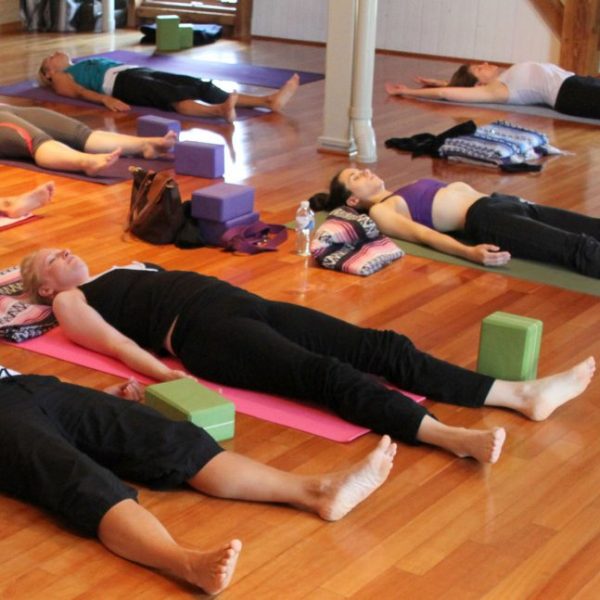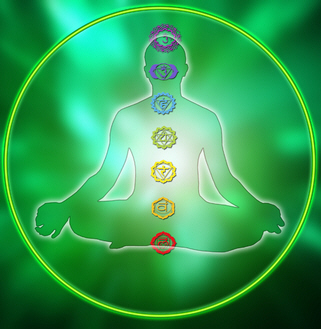The word ‘yoga’ derives from the Sanskrit root ‘yuj’, meaning, ‘to bind, unite or bring together’. This means a unification of the body and mind, and ultimately uniting our selves with that of a higher power or our own higher consciousness.
According to the ancient text, the Yoga Sutras, the author, Patanjali describes yoga as ‘the cessation of the fluctuations of the mind’. The practice of Yoga can help us to recognise and quieten the fluctuating mind, to enable us to recognise and unite with the stillness and serenity of our true nature.

Hatha Yoga
There are many different paths of Yoga that help to achieve this 'union'. Hatha Yoga is the most commonly known path of Yoga in the West, and involves the practice of Asana (physical postures) and Pranayama (breathing practices). The word 'hatha' derives from the Sanskrit root ‘ha’, meaning ‘sun’, and ‘tha’ meaning ‘moon’. More specifically, Hatha yoga refers to the male and female aspects of nature itself, the hot and cold, active and passive, and the interplay of these two forces throughout the universe, and indeed within ourselves. Regular practice of yoga helps to unify our own subtle forces, the sun and moon within, bringing harmony, balance, health and peace.
Asana
The postures of Yoga are known as Asana, although the word 'asana' itself actually means 'to sit'. They have been developed to keep the body healthy and strong, increase flexibility, remove toxins from the body, improve blood circulation and maintain or improve our sense of balance and co-ordination.
When the postures become familiar and can be held with ease, the body becomes strong and supple, allowing for the free flow of energy or ‘prana’ within.
The asana not only affect the body, but also have a positive effect on the mind, helping the mind to focus and concentrate, thereby making the mind ready for Pranayama and Meditation.

Pranayama
‘Prana’ means ‘energy’, ‘breath’ or ‘life force’;‘ayama’ means ‘extension’, ‘stretch’ or ‘lengthen’. ‘Pranayama’ can be translated as ‘breath or energy extension’. Breathing techniques are used to control the breath or prana in various ways. There are many different types of exercises that have different effects. The various techniques used can increase oxygen intake into the body, clean the respiratory system, remove toxins, clear the mind of any negativity, soothe the nerves, aid relaxation and increase movement of prana around the body. Pranayama also helps to focus the mind.

Relaxation
Learning to relax is an important part of the yogic path. Learning to let go of tensions held within the body, to release negative psychological patterns and just to be still is becoming a difficult task due do the stresses of our every day lives. Often we do not give ourselves time to truly relax, we are too busy and may not even know how to really, totally relax. Learning to relax releases tension and stress, and brings great peace of mind.

Meditation
When one can concentrate on a particular object or thought without distraction, then the mind can move more easily into Dhyana or meditation. Meditation is the ability to be able to focus the mind without any distractions; it is the act of being in the present moment, not lost in the thoughts of the present. Learning to still the mind is considered to be the most difficult part in the practice of yoga. The ancient yogis in India believed that all illness comes from the mind and therefore, if we learn to control the mind then we will be free from disease and illness. There are many techniques that help still the mind, some involving observing the thoughts, others, observing the breath, and others, repeating Mantras or sacred syllables and sounds. All however, have the same outcome or effect, which is to connect with our true selves, to know who we really are, instead of who we think we are, and to be free from the limitations of the fluctuating mind.
